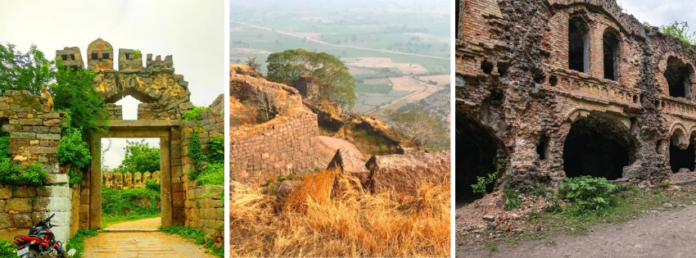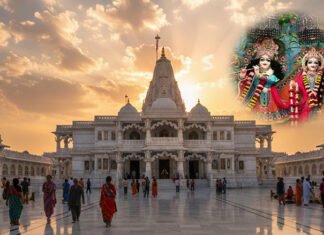Molangur Fort, a Kakatiya stronghold, is situated in Molangur village, 13 km from Huzurabad in Telangana’s Karimnagar district. This ancient fort boasts a rich history, first serving as a formidable defense for the Kakatiyas and later undergoing changes under Mughal rule.
Historical Significance
The Mughals renamed the village Molangur after their invasion, changing its original name from Mudugar. The fort, built under Chief Officer Voragiri Miggaraju during Kakatiya ruler Prataprudra’s reign, showcased the Kakatiyas’ immense power. Strategically located in Kesavapatnam Mandal, the fort’s position made it nearly impenetrable, serving as a strong defense against enemies.
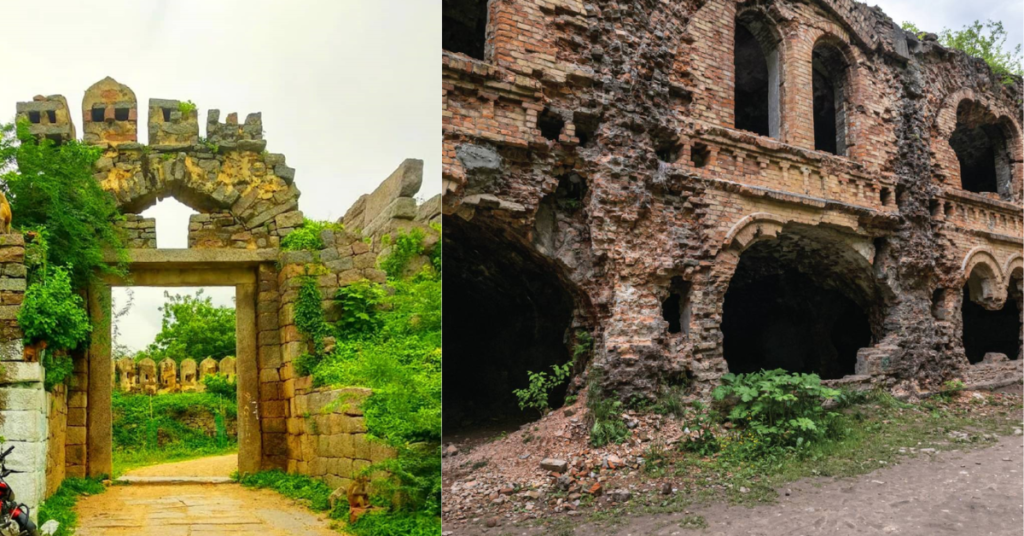
Architectural Marvel
Though located between the famous Elgandal and Warangal Forts, Molangur Fort still attracts tourists and history enthusiasts alike. Visitors can explore the fort’s remnants, including garrisons, stables, and palaces, providing insights into the lives of its inhabitants. The Kakatiya dynasty’s decline led to the fort’s capture by Mughals, who built the Molangshavalai Dargah honoring Malang Shah Wali. Both Hindus and Muslims started visiting the dargah as a pilgrimage site, prompting the village to be renamed Mulangur in the saint’s honor.
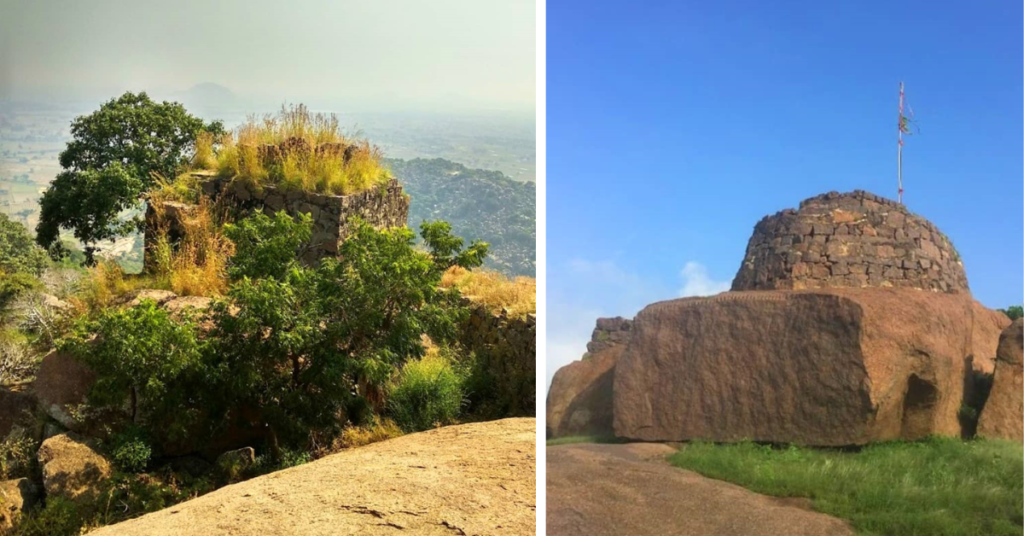
Also visit: A powerful god of Kaleshwaram: Muktheshwara Swamy
Temples and the Legendary Doodh Bawli
Within the fort’s premises are two ancient Shaiva temples—Shivalayam and Virbhadralayam—that are of significant religious and historical importance. Another intriguing feature is the Doodh Bawli, a well located at the foot of the hill on which the fort stands.The well, known for its milky-white water, offers medicinal properties, and visitors still use it for drinking and healing
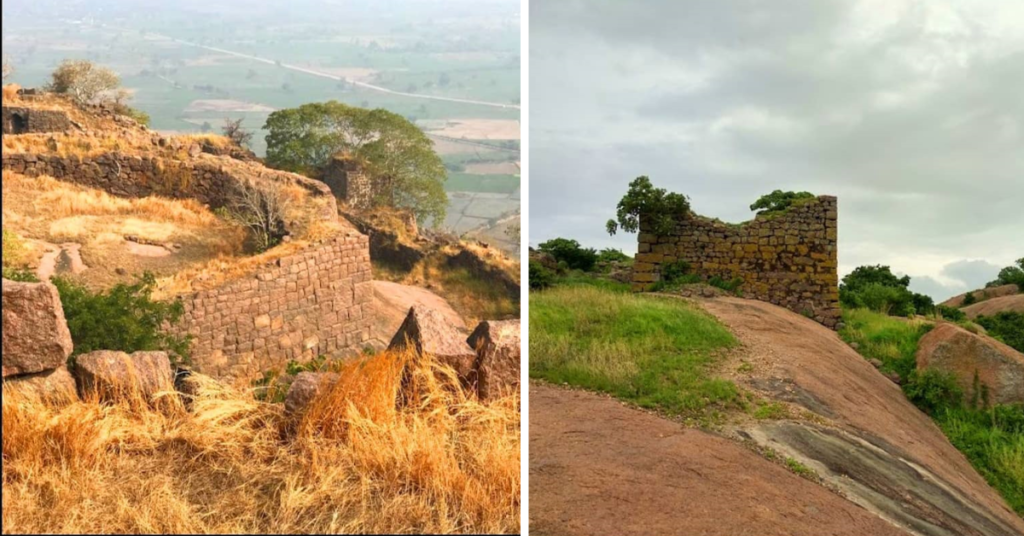
Special Attractions
- Doodh Bawli: This well at the base of the hill is a must-see for visitors, housing some relics of the fort and offering water reputed for its healing qualities.
- Temples: The Shaiva temples within the fort provide insights into the religious practices during the Kakatiya period.
Accommodation
For those planning to visit Molangur Fort, the best option is to stay in Karimnagar, where you’ll find a range of guest houses, lodges, and hotels offering modern amenities at affordable prices.
How to Reach Molangur Fort
- By Road: Molangur is about 30 km from Karimnagar and can be easily reached by state-run buses from various nearby towns, including Huzurabad, Jammikunta, and Peddapally.
- By Train: The nearest major railway station is Kazipet Junction, approximately 45 km from Molangur. Alternatively, you can access the Karimnagar Railway Station.
Fort Timings
The fort is open to visitors from 9:00 AM to 5:00 PM, every day of the week.
Distances to Molangur Fort
- From Huzurabad: 13 km
- From Jammukunta: 16 km
- From Hyderabad: 182 km
- From Warangal: 43 km
- From Karimnagar: 30 km
Molangur Fort remains a fascinating destination for history buffs, researchers, and tourists alike, offering a unique glimpse into the grandeur of the Kakatiya dynasty and the subsequent Mughal influence.
FAQS
ANS) Molangur Fort is situated in the village of Mulanguru, approximately 13 kilometers from Huzurabad in Karimnagar district, Telangana.
ANS) Built during the Kakatiya dynasty to showcase their power, the fort later fell into Mughal hands. The Mughals added their architectural touch, including the Molangshavalai Dargah dedicated to the saint Malang Shah Wali.
ANS) The fort is open daily from 9:00 AM to 5:00 PM.
ANS) Karimnagar is the best place to stay, with various guest houses, lodges, and hotels offering modern amenities at affordable prices.
ANS) The village was renamed Mulangur to honor the saint Malang Shah Wali, following the growing pilgrimage visits to the dargah built by the Mughals.

